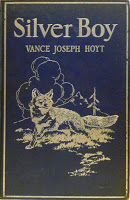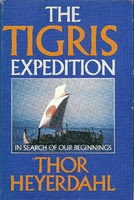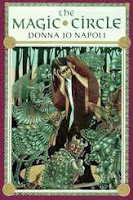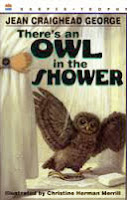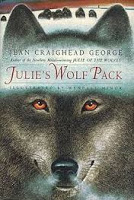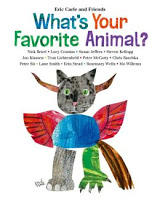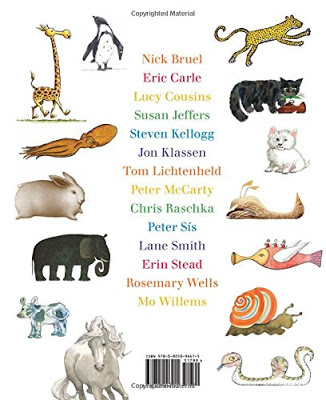The Gray Fox of Topanga
by Vance Joseph Hoyt
This book came into my collection over the weekend (a library sale find) and went into the swap box just as quickly. Which is kind of sad. I have a fondness for animal stories in older books and out-of-print junior fiction. Some of them I enjoy for the storytelling, even if the events are improbable. But in other cases- like this one- it seems the author was trying hard to write an authentic nature story, but got some key details so wrong that it totally lost me.
The story is about an avid naturalist in California (near Los Angeles) who so admires a wild gray fox he plans to trap it and keep it as a pet. Supposedly the author himself once had a pet fox and based a lot of his story on first-hand observations of wildlife. He describes trapping the fox and slowly gaining its trust so he can let it roam his cabin, and can hold and pet it (although the fox doesn\’t seem to enjoy this). Then the fox kills a rattlesnake that found its way into the cabin, and the man is so grateful he feels guilty for keeping the animal captive. He lets the fox go and continues to observe it in the wild, knowing where the den is.
His next venture is to trap a wild condor, in order to send it to a zoo. The strange thing is that the condor was described as a \”modern roc\” terrorizing all the small animals of the canyon. While the physical description of it was accurate, the bird\’s behavior was not. In the story it would stoop to catch prey like a falcon, and chase it actively like a hawk, using its talons like \”grappling irons\”. Um, no. Condors are vultures, they eat carrion, already-dead animals. They don\’t actively hunt the way this story describes. Unfortunately that inaccuracy was so ludicrous, it killed my interest in reading any more of the book.
Abandoned 265 pages, 1929
